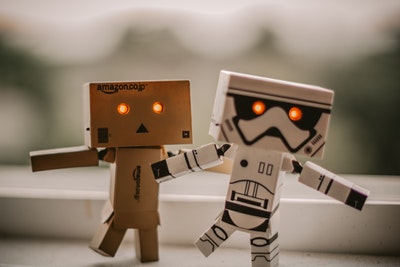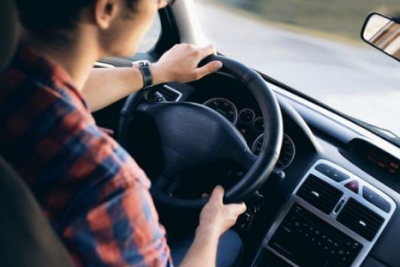The Scoop On Autonomous Mobile Robots

Collaborative robots or cobots as they are often called have given rise to numerous research opportunities over the past few years. One research avenue that has academia and leaders in the robotics industry excited is autonomous mobile robots.
Countless research papers have been written and top universities are at the forefront leading the research. At MIT CSAIL (Computer Science and Artificial Intelligence Laboratory), a team lead by Caelan Garett, Leslie Kaelbling, and Tomas Perez are undertaking a particularly fascinating research project.
Their goal is to design an algorithm that can be used by robots to complete autonomous tasks such as autonomously prepare a meal in the kitchen.
The biggest obstacle to such a mobile autonomous robot is the fact that the robot needs to perform in dynamic, unstructured and uncertain environments. With collaborative robots, creating their algorithms is rather easy because they perform in very specific and structured environments. In addition, they are only designed to perform a single task repetitively. It could be loading and unloading in a factory or welding.
An autonomous robot cannot rely on such an algorithm because their very nature demands they interact with varying environments similar to a human. That is why the team at MIT are focused on coming up with an algorithm that allows the robot to reason about high-level objectives. The robot should, for instance, be able to open a fridge, scan the available ingredients and determine which particular ingredient is needed for the given meal.
Of course, such an algorithm is rather challenging. With machine learning and artificial intelligence evolving as fast as they are, there is hope that this will eventually be possible. MIT is just but one example of the ongoing research, individuals and numerous companies are deep in research.
When you actually think about it, Google’s self-driving car or Tesla’s self-driving car can be considered autonomous robots. They may not be in the market yet, but the numerous ongoing tests prove that in a few years, self-driving cars will cease to become a novelty and become a reality.
Elon Musk made an interesting observation a while back, that he had been lucky enough to see what artificial intelligence is capable of, and he was very afraid. Afraid or not, one thing is for sure, autonomous robots are the future.
With that in mind, let us have a look at the technologies that will drive the development of fully functioning autonomous robots.
I. Navigation
Navigation is a key technology intrinsic to autonomous robots. Navigation ensures the robot can move where it ought to without bumping into things and people. Navigation is dependent on neural networks which mirror a human being’s brain.
Neural networks have an ability to learn, can process parallel situations, allow non-linear mapping and most of all can perform a function even with an incomplete data set by approximating correctly.
II. Sensor Technologies
Sensor technologies encompass the ability of a machine to see, hear, smell and touch. Basically, how well a machine can mimic a human’s five senses.
Sensor technology is evolving at such a rapid pace mostly because it transcends robotic use. Sensors are critical to safety, diagnostic health care, surveillance and even process control. For this reason, it is only a matter of time before sensors are sophisticated enough to enhance the autonomy of a robot.
III. Kinematics
Yet another key technology that will feature heavily on the motion of an autonomous robot. Kinematics is termed as the study of “geometry of motion.” It is very critical in autonomous robots as it is the foundation upon which that autonomous robot is able to move from point A to point B.
There are more technologies such as environmental perception and localization that are also critical, but the above three are considered key.
Verdict
There already exist semi-autonomous robots in the market such as those used in Amazon warehouses to fetch items. As technology grows and evolves, there is an expectation that cooking robots, cleaning robots, hospitality robots will become the norm.






